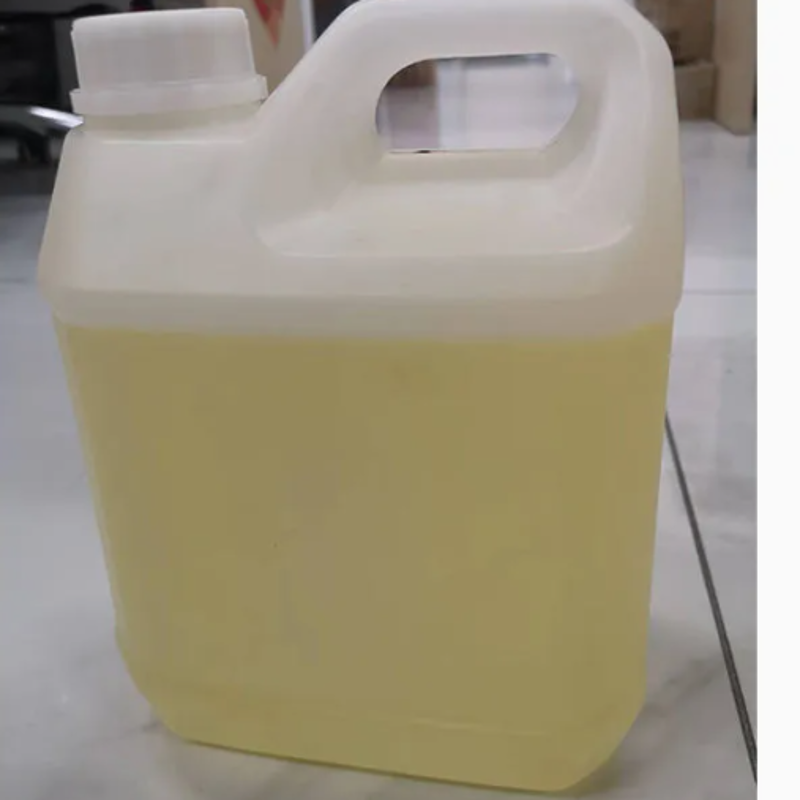-
Categories
-
Pharmaceutical Intermediates
-
Active Pharmaceutical Ingredients
-
Food Additives
- Industrial Coatings
- Agrochemicals
- Dyes and Pigments
- Surfactant
- Flavors and Fragrances
- Chemical Reagents
- Catalyst and Auxiliary
- Natural Products
- Inorganic Chemistry
-
Organic Chemistry
-
Biochemical Engineering
- Analytical Chemistry
-
Cosmetic Ingredient
- Water Treatment Chemical
-
Pharmaceutical Intermediates
Promotion
ECHEMI Mall
Wholesale
Weekly Price
Exhibition
News
-
Trade Service
The utilization of renewable resources provides a systematic solution for supporting zero-carbon development, which not only contributes to carbon emission reduction, but also creates huge economic and social value
.
Figure 1 3 steps to building a net-zero carbon economy
Figure 2 Emission reduction contribution and market size forecast of resource regeneration in three key areas
(Among them, the energy-intensive industries include steel, cement, aluminum and plastic product regeneration; waste biomass includes straw, forestry waste, domestic waste and livestock manure for energy utilization, and electric vehicle power battery recycling for energy storage.
field
.
Market potential of plastic recycling resources utilization
Market potential of plastic recycling resources utilizationThe production of energy-intensive industrial raw materials will generate a lot of energy consumption and carbon emissions, and it is difficult to achieve zero carbon or large-scale decarbonization
.
Obviously, compared with other decarbonization technologies, strengthening resource recycling has the advantages of high technological maturity, high return on investment, and strong utilization of existing assets
.
■ Reduced raw material requirements per unit of product by reducing waste in design and consumption; reducing the volume of product required to obtain a unit of service through a shared business model and increasing product life
.
■ To reduce carbon emissions from raw materials or primary products, the main means is to increase the proportion of recycled materials to replace primary products
.
Figure 3 Production trends and recycling potential in the plastics industry
(Note: Under the Reference Scenario (RTS), technological progress, economic development and population growth trends remain unchanged, product output is mainly determined by economic structure and living standards, and there are no significant demand reduction measures and recycling levels increase; zero-carbon scenario ( ZCS), China will achieve zero carbon emissions in 2050, with more significant demand reduction measures and increased recycling levels
.
Figure 4 Comparison of carbon emission intensity of primary plastic products and recycled products
Development Trend of Plastic Recycling Resources Industry
Development Trend of Plastic Recycling Resources IndustryThe full release of recycling potential will greatly reduce the demand for primary raw materials for plastic production
.
With the improvement of the living standards of Chinese residents, the demand for plastics will continue to maintain an overall growth trend.
In the future, the supply of resources in the plastics recycling industry will be sufficient, but a perfect recycling chain and continuously improving technical level are needed to leverage the market
.
At present, the annual per capita plastic consumption of the Chinese team is 45 kilograms, which is about half of that of major developed countries
.
With the continuous improvement of living standards, the demand for plastics will continue to rise, and the market size of the plastic recycling industry is considerable
.
The release of the potential of plastic recycling mainly comes from two aspects, that is, the improvement of the physical recycling level driven by the improvement of the recycling system, and the expansion of the chemical recycling market driven by technological progress
.
At present, China's plastic recycling is basically physical recycling with a relatively simple process.
There are shortcomings such as product downgrading, and it is impossible to produce plastic products with higher added value.
Chemical recycling will become a larger profit pool in plastic recycling
.
It is expected that 2030 will be a node when the physical recycling potential of plastics is fully released and the chemical recycling market begins to grow rapidly
.
From the perspective of technology trends, chemical recycling that can return waste plastics to the molecular level for reorganization to broaden product types will be a major focus in the future
.
The rise of sustainability awareness among a new generation of consumers and the strengthening of hospitals in pursuit of green products and packaging will drive major consumer goods companies to reduce plastic use, use recycled plastic and carry out plastic recycling initiatives
.
According to the survey results of Kantar Consulting, 93% of Chinese consumers believe that manufacturers or brands are not doing enough to reduce white waste, and reducing, replacing and reusing plastics are important measures they think manufacturers should take
.
Under this trend, various manufacturers or brands have also deployed in product development, production, marketing and sales
.
For example, Unilever has launched a new brand Huayang Planet in recent years, and the product bottle is packaged with 100% PCR recycled plastic; Kiehl's has launched an empty bottle recycling program since 2018, encouraging consumers to bring empty bottles to the counter.
Recycle, exchange points for gifts, and provide continuous incentives for consumers to participate in empty bottle recycling; Coca-Cola not only gathers consumers to participate in waste recycling through beach cleaning public welfare activities, but also launches environmentally friendly trendy products made of recycled plastic through cooperation with Good Bottles , including 13 "care clothes" from recycled plastic bottles and "24 packs" from 24 plastic bottles, of which 24 packs can be donated to the disaster area for every 24 packs sold
.
These actions from enterprises have not only made plastic recycling a phenomenon, but also enriched the connotation of sustainable and low-carbon life through diverse ideas, helping to promote the continuous enhancement of consumer awareness, and promote the concept of circular economy among the public and the industry.
popularity
.
At the same time, the development of the plastic recycling industry will give birth to new forms of business services, which are motivated by the creation of new value chain links and the formation and strengthening of new interactive relationships
.
Companies downstream of plastic production, namely consumer goods companies, have given rise to new service-oriented companies through growing incentives for the use of recycled plastic in plastic recycling
.
For example, Haobo focuses on the solution of regenerating various products from plastic bottles, combining plastic recycling, design, production and other links
.
For another example, Tairui Environmental Protection Co.
, Ltd.
focuses on the recycling process and provides the design, coordination and implementation of offline recycling solutions.
Through the accumulation of cases of Kiehl's, Colgate, L'Occitane, Amore and other companies, it has gradually formed the professionalism of plastic recycling in China
.
At the same time, in the new amount of value, the formation and strengthening of the interactive relationship will also create new market demand for the application of digital technology, and realize the information traceability, resource integration and action scheduling of plastic recycling
.
Overview of Industry Opportunities
Overview of Industry OpportunitiesIn general, opportunities in the utilization of renewable resources and related industrial chains can come from the development of innovation space based on existing value chain links, the formation of new links, and the new interaction between different links
.
Refer to the following three main characteristics to grasp future trends and further explore corresponding opportunities
.
Expansion of innovation space in the existing value chain: In order to comply with international and domestic economic policies and market trends and to cope with competition, commodity manufacturing enterprises are innovating in resource extraction, product production and sales
.
Formation of a new link: To realize the transformation of the industry ecology from a linear model to a circular model, a new industry chain link will be formed, a new profit pool will be generated, and it will become a bridge of the original industry chain link
.
New interactions between different links: In a value chain characterized by a circular model, the connections and interactions between links will themselves create new business opportunities
.







